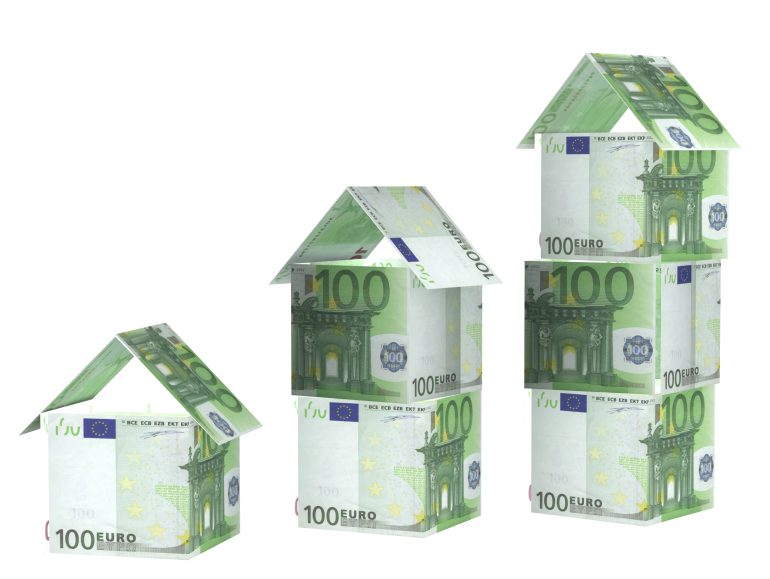Private sector rents rose substantially in the first quarter of 2025, increasing markedly from where they stood during the first three months of 2024. Private sector rental prices rose during the first months of 2025 faster than inflation and are likely to continue increasing in part due to the limited availability of properties. The number of available rentals in the free sector dropped significantly between the first quarter of 2024 and the same time period in 2025, according to numbers crunched by Pararius, an online platform offering rental properties. At the same time, the number of transactions has decreased while demand has strongly increased, creating what many describe as an overheated market.
The jump in rental prices is the largest seen in quite some time, according to NVM & VGM, the Dutch real estate agents’ association. The average amount paid by Dutch renters rose by almost 13% between the first quarter of 2024 and the same period in 2025. The average tenant now pays close to €18 per square meter per month.
New rentals in the first quarter of 2025 were more expensive than in 2024. According to NVM & VGM, new renters paid an average of €1,424 in the first quarter of 2025 – an increase of 7.1% over the same period in 2024. The average rent paid for all private sector properties during the first three months of 2025 was approximately €1,781, an increase of approximately 9.6%, according to Pararius.
The increase has been particularly marked in rural areas: rental prices outside of large cities rose by around 18%. Small numbers of available properties and a growing emphasis on more expensive housing appear to be driving the jump in rural rental prices. Nevertheless, rents still tend to be higher in cities than in outlying regions, and the vast majority of rental transactions involves properties located in urban areas. Apartments also tend to be more expensive to rent per square meter than single-family homes.
Amsterdam takes the lead when it comes to rental prices in the Netherlands, according to NVM & VGM. In the private sector, during the first three months of 2025, renters generally paid about €23.82 per square foot in the city, with the average residence renting for approximately €1,677 per month. During the same time, Rotterdam experienced huge increases in rental prices, with rates reaching approximately €18.31 per square foot and average rents hitting close to €1,527 per month during the first few months of this year.
A combination of factors often makes affordable housing difficult to find, including an increasingly limited number of available properties. There were fewer rental homes available in the first quarter of 2025 than during the same period a year earlier – a decrease of about 35%, which has substantially stiffened competition for available housing. So far, during 2025, at least 14,340 rental properties have been taken out of service, with many landlords selling homes and apartments in response to new rules regulating rentals that came into effect last year. In the first three months of 2025, there were around 12,677 available private sector rentals according to Pararius, and most properties received around 47 inquiries, an increase from the 32 or so responses per property generally seen in the early months of 2024.
High income demands also make it difficult for many individuals to find housing in the private sector, as many landlords are only willing to consider renting to those earning at least three times what’s being asked in rent. Individuals looking to pay less than €1,500 in rent generally face the most challenges when it comes to securing housing, as there tend to be far more people searching for rentals in this price range than available options.
Rents are likely to keep rising in the future. Owners of rental properties in the private sector are allowed to raise tenants’ rent by up to 4.1% in 2025. Rents in the medium rent sector and social housingare also subject to increase but are regulated by different rules.
Written by Lorre Luther
